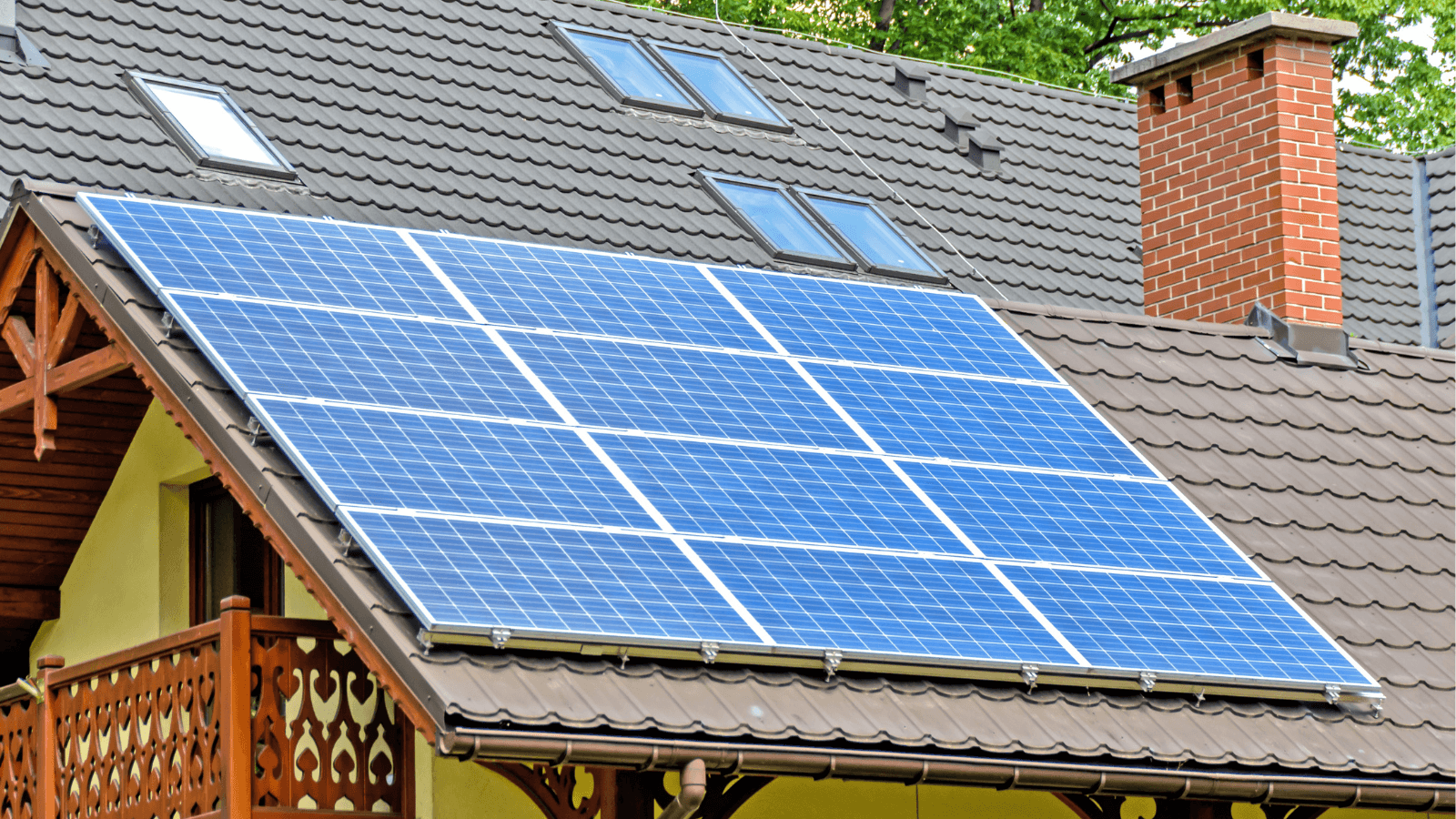Federal infrastructure investments being put to use in Wisconsin
Federal officials said demand has been strong for the programs but one challenge is creating broader awareness so under-resourced areas can apply.

Source: Canva
April 18, 2024 4:04 PM CDT
By: Mike Moen, Wisconsin News Connection / Public News Service
MADISON, Wis. (Wisconsin News Connection / Public News Service) – City and county governments are feeling the pinch of rising operating costs but in Wisconsin, federal incentives are driving a range of local projects, taking off some of the pressure in making communities economically viable.
Dane County is no stranger to embracing clean energy and federal aid from policies like the Inflation Reduction Act and the Bipartisan Infrastructure Law are spurring more activity.
Joe Parisi, Dane County executive, said there have been past government credits for things like solar installations and the latest approach is more expansive, with a robust list of those who can benefit.
“Everybody — a business, a nonprofit, a church, a temple, even a government, and a local government — gets 30% back on renewable energy projects,” Parisi pointed out.
For example, a local construction company put solar arrays on several of its facilities. Parisi noted the new credits speed up the pace of reimbursements, creating more energy savings in the near future. Federal officials said demand has been strong for the programs but Parisi said one challenge is creating broader awareness so under-resourced areas can apply.
Locally, the website for the Dane County Office of Energy and Climate Change has posted details about project opportunities and investments. Beyond clean energy, Parisi emphasized the federal government’s push for more “Made in America” manufacturing creates opportunities for local plants and regional economies.
“There’s money to help retooling to manufacture (products),” Parisi stressed. “Then, there’s a stronger market for those components now because they are made in America.”
National polling shows Americans are greatly concerned about things like inflation but Parisi argued long-term investments stand to help reduce operating expenses for government agencies and businesses, hopefully keeping local taxes in check and providing savings for consumers.
This article originally appeared on Wisconsin News Connection & Public News Service.
More Articles
Green Bay Area Public Schools release new consolidation plan
Mayo Clinic Health System Will Lease Space at University of Wisconsin – Eau Claire
Gundersen, Bellin health systems announce they will become Emplify Health
Biden-Harris campaign to address Trump’s abortion views ahead of Waukesha visit
With recent polls in his favor, former President Donald Trump is on his way to Waukesha
